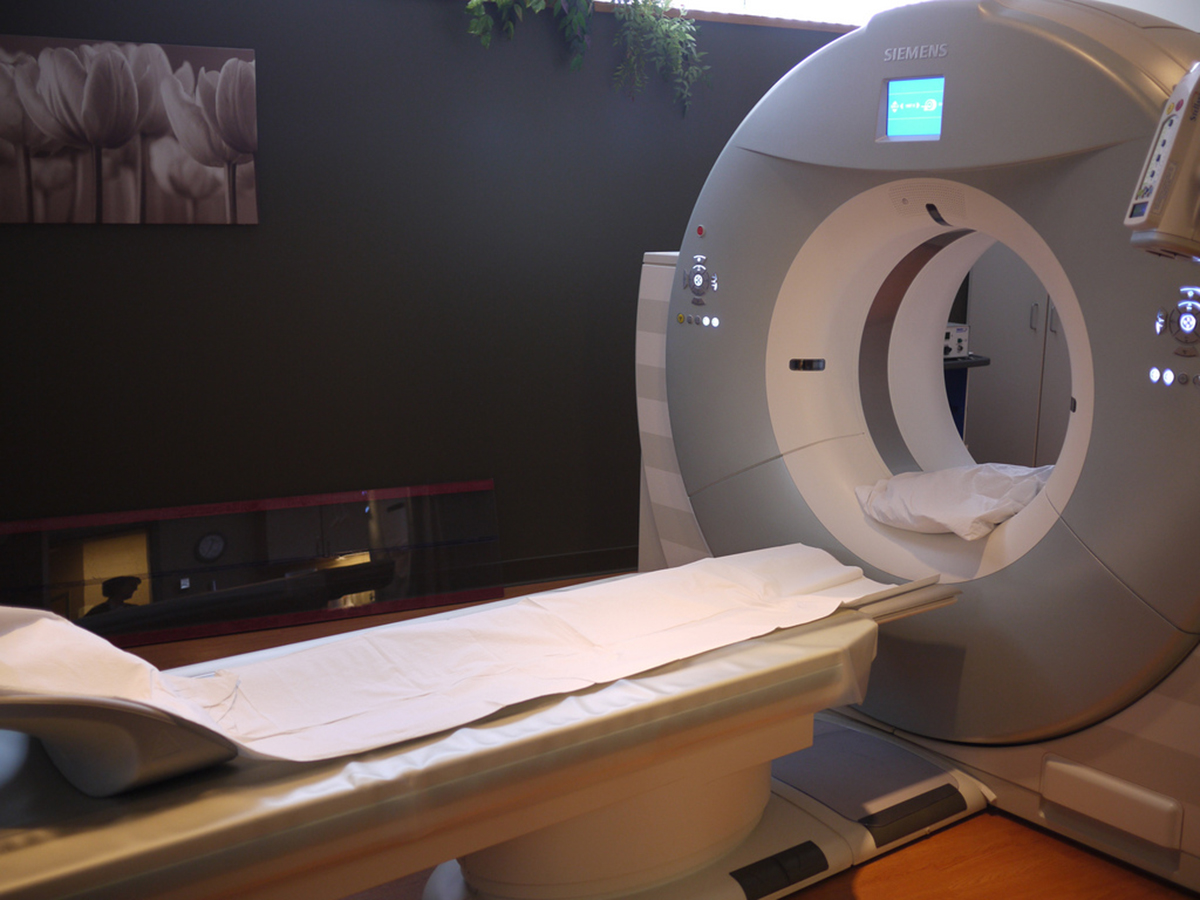Table of Contents
There are a variety of different neurological signs and symptoms present with Fahr’s syndrome. In adults, loss of consciousness and seizures have been reported with hypothyroid calcification. Some of the other neurological signs and symptoms of the disease include: gait disorder, dystonia, spasticity, speech impairment, dementia, Parkinsonism, and coma.

In a study performed on rural Bavarian people, 17 Parkinsonism subjects had Fahr’s syndrome, it was reported by the research team that one half of the Fahr’s syndrome patients have neurological symptoms, while another study reported one-third of the patients were found to have them. These statistical findings highlight the prevalence of neurological symptoms will vary in Fahr’s syndrome patients.
How are the symptoms of Fahr’s syndrome managed?
Currently, various treatment protocols to manage Fahr’s syndrome have been attempted in order to achieve remission or stabilization. Medical science has suggested several approaches based on biological theories and small scale research studies have proposed pharmacological treatment should be administered to improve depression, anxiety and obsessive compulsive disorder.
Use of Levodopa in people with Parkinsonian features is reportedly poor. Antipsychotic medications may be used in those with psychotic symptoms and behavioral issues. Other drugs to treat the symptoms of Fahr’s syndrome can include anticonvulsants to control the seizures experienced in those with the disease. More research studies are needed in order to find the right combination of pharmaceutical management for the symptoms of Fahr’s syndrome.
For the torsion dystonia or wry neck that presents in some people with Fahr’s syndrome, Botox injections in the hyperactive muscles can be beneficial. Other symptoms associated with Fahr’s syndrome include hyperparathyroidism, Vitamin D deficiency and magnesium deficiency; these conditions can be treated through dietary modifications and supplements.
What other diseases or health conditions could be mistaken for Fahr’s syndrome?
There are many medical conditions that may appear like Fahr’s syndrome, which can make the condition very difficult to diagnose properly. Fahr’s syndrome may be diagnosed as any of the following:
- Human worm infestation
- Unknown stroke
- Dementia
- Mild traumatic brain injury
- Migraines
- Vitamin B12 deficiency
Can Fahr’s syndrome be cured?
Unfortunately, there is no cure for Fahr’s syndrome nor is there any standard course of treatment for the condition. However, there are medications a doctor can prescribe to reduce the severity of symptoms a person experiences. Through early diagnosis and proper treatment, a person may alleviate the more severe symptoms of Fahr’s disease and have a better quality of life overall.
See Also: Active Brain Keeps Dementia Away
What is the prognosis for Fahr’s syndrome?
Making an accurate clinical diagnosis of Fahr’s syndrome requires a combination of clinical features, brain imaging scans and the exclusion of other causes of brain calcification.
Treatment which targets symptomatic support and alleviation and early diagnosis are the main components which will determine the quality of life a person will have.
Conclusion
Though Fahr’s syndrome is rare and idiopathic in nature, with proper knowledge of the clinical manifestations and a more vigilant approach to treatment, a diagnosis can be made early. More ongoing research is required in order to locate and understand the genetics surrounding the disorder. Finding the exact genes that play a role in the development of Fahr’s syndrome could lead to effective ways to prevent and treat the condition.
- www.ninds.nih.gov/disorders/fahrs/fahrs.htm
- www.rightdiagnosis.com/f/fahrs_syndrome/intro.htm
- www.ncbi.nlm.nih.gov/pmc/articles/PMC3616573/
- patients.aan.com/disorders/index.cfm?event=view&disorder_id=922
- radiopaedia.org/articles/fahr-disease
- medind.nic.in/jac/t10/i3/jact10i3p239.pdf
- Photo courtesy of Akira Ohgaki by Flickr: www.flickr.com/photos/akiraohgaki/427828872
- Photo courtesy of Thirteen Of Clubs by Flickr: www.flickr.com/photos/thirteenofclubs/5457976870

